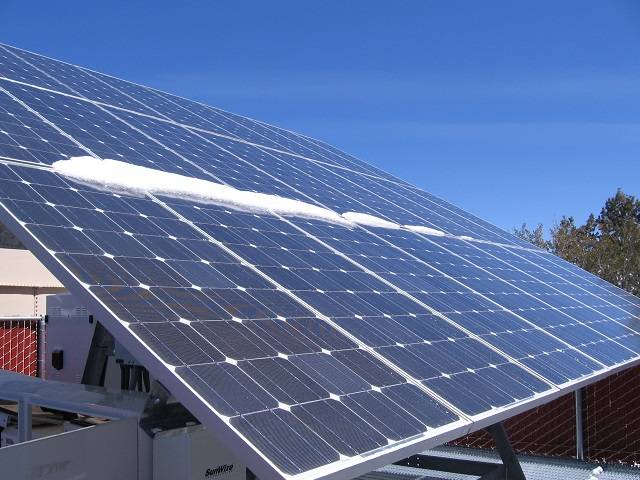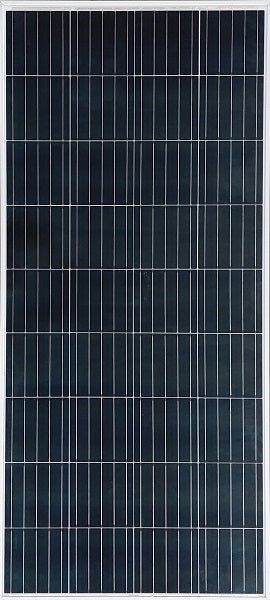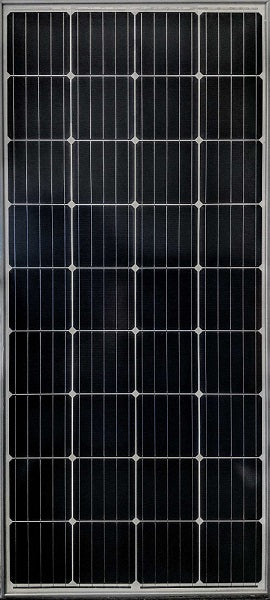RandyP
Solar Enthusiast
- Joined
- Sep 21, 2019
- Messages
- 742
I'm getting to the point that I do not remember all the details in order. I think my iPhone ask me if I give permission to BT-2 device for bluetooth pairing (only on the first try). Of course, I answered YES. Then it ask for a password, I guess that's the admin password. I had changed that password some time along the way. Changed back to default, changed it again. Al I'm saying is be sure and use the password that is current for the device.Thanks Randy. I *think* I did just that but can't be sure. I will do it in that order when I get home.
......................
......................
EDIT: I just noticed you said to use the correct password for the bluetooth connection. It has never asked for one, only for an admin password to change settings.
Best of luck, once I got the BT-2 connected to the phone, everything else seemed to work as best can be expected considering Renogy gave me next to no information in their manual for the device.
Settings, I posted my settings in the BT-2 thread noted above. I made changes and posted the changes. i made further comment in the reply to harley above. My first comment for you would be, do you really want the max voltage seen by the LiFePO4 battery to be greater than 14.6 V ?









